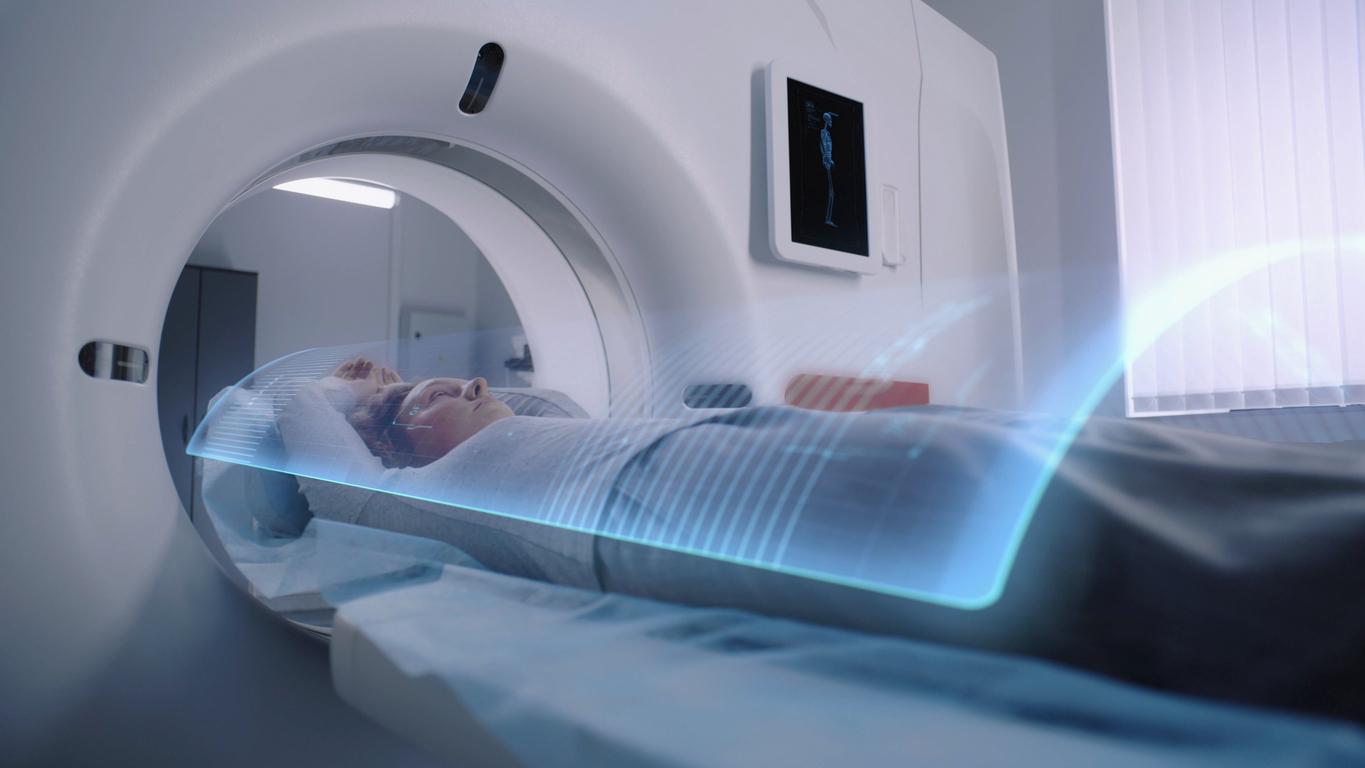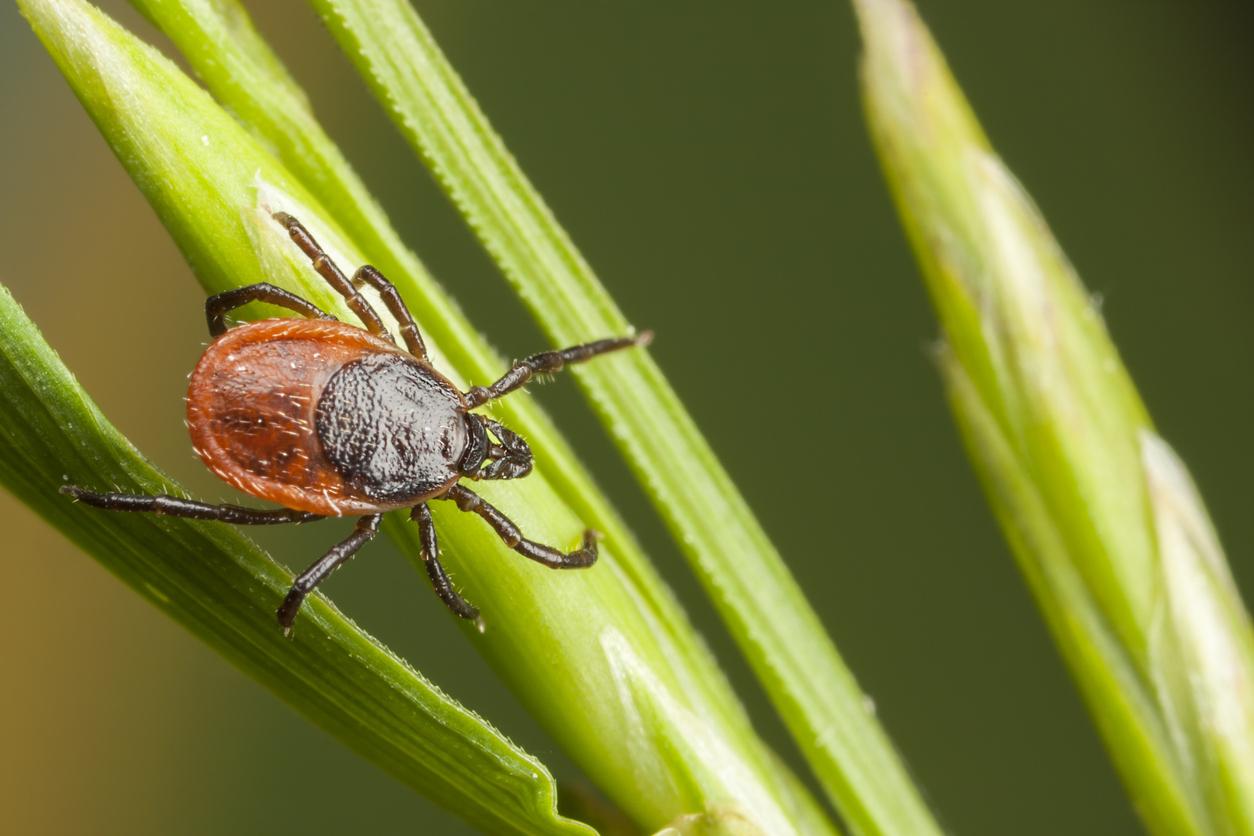The High Authority for Health has updated its recommendations surrounding Lyme disease to offer more “personalized” management and avoid diagnostic wandering.

- The High Authority for Health has just published its new recommendations on Lyme disease.
- This update aims to harmonize clinical practices, to help healthcare professionals in their diagnostic and therapeutic approaches, but also to avoid medical wandering to patients.
- If the symptoms persist after antibiotic treatment, the patient suffers from post-burreliosis syndrome treated.
Lyme borreliosis, also called Lyme disease, is an infection due to a bacteria transmitted by a tick bite (genus IXodes). Nearly 47,000 cases were diagnosed in France in 2021, but this number could well be greater since patients experienced significant medical wandering before one can put a name on their disorders.
The High Authority for Health (HAS) published on February 18, 2025 of new recommendations To improve the diagnosis of Lyme disease as well as the care of patients whose symptoms persist.
Persistent Lyme disease: “a recognized and deepening pathology”
The 2018 HAS recommendations were updated at the beginning of 2025 in order to avoid “The medical wandering of any patient reached or likely to have these pathologies”. To this object, the HAS reminds the medical world that the long -term persistence of symptoms during a Lyme disease by antibiotic therapy is “A recognized and deepening pathology”. In addition, faced with numerous and above all variable symptoms from one patient to another, it requires that a “Personalized, global and multidisciplinary care” Let are offered to patients with this disorder.
Believing that he is “necessary to improve understanding and acceptance by the medical profession and the general public of the concept of post-infectious syndrome as pathology in itself“, HAS also details the symptoms which make it possible to repeat this pathology called Post-Borreliosis syndrome treated (or PTLDS: Post-Treatment Lyme Disease Syndrome in English).
Patients can present:
- unusual and disabling fatigue;
- musculoskeletal pain;
- Cognitive disorders (memory, concentration) persistent for more than six months after the end of treatment.
“These prolonged symptoms affect the daily life and quality of life of patients and receive in Europe between 6 and 20 % of patients treated for Lyme borreliosis“, Specifies the has.

PTLDS: What support for the patient?
In the updating of its recommendations, the High Authority for Health details the care which is now recommended in the event of suspicion of PTLDS. The patient must be sent “Preferably” to a jurisdiction center for tick-related vector diseases (CC-MVT) or a reference center for tick-related vector diseases (CR-MVT). “Once the diagnosis has been established, the management can be continued by these centers related to the attending physician. Psychological support or even physical rehabilitation can also be proposed”writes the organization.
The HAS also clarified the driving to be due to the appearance of the first symptoms of Lyme disease. Most often, it is a migrant erythema occurring within 30 days of the bite of an infected tick. The diagnosis is mainly based on a clinical assessment. However, diagnostic tests are also available, such as the Lyme serological test. When the infection is confirmed, an appropriate antibiotic treatment is systematically recommended.
Experts take advantage of their publication to request the holding of scientific work to better understand the mechanisms of the disorder or even improve diagnostic and therapeutic strategies. “”The objective being to better know the disease in order to be able to propose suitable treatments and highlight biological, psychological and social risk factors “they conclude.

















